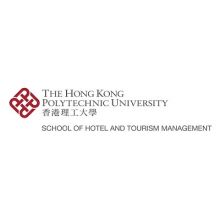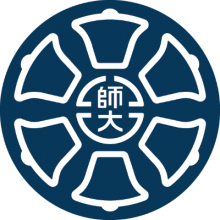About Peking University
Peking University is a member of the C9 League, analogous to the Ivy League in the United States, and often ranked among the top higher education institutions in China. Only those who score highest in nationwide examinations are admitted, with a total enrolment of about 35,000.
In 1898 the then Imperial University of Peking was founded as the first national university covering comprehensive disciplines in China, replacing the ancient imperial academy which had for hundreds of years trained administrators for China’s civil service.
When China became a republic in 1912 the university took on its current name. Its 274 hectare campus sits in Beijing’s Haidian District, near the famous Yuanmingyuan Garden and Summer Palace, and is known as known as ‘Yan Yuan’ or ‘the garden of Yan.’
In 1918, Mao Zedong took up a minor post at the university, where he was first exposed to Marxist reading and became a communist. Noted writer Lu Xun also lectured on Chinese literature there.
Later, during the Second Sino-Japanese War, the university had to move to Changsha, and later to Kunming.
The university took on more of a public, rather than national character after the communist revolution, though later had to shut down for four years during the rending change of the cultural revolution.
It played a key part in national protests when in 1989 three thousand of its students, along with students from neighbouring Tsinghua University, erected shrines to Hu Yaobang and later gathered in a mass demonstration at Tiananmen Square.
The university has been crucial to China's modernization, and maintains that it has retained a traditional emphasis on patriotism, progress and science.
Among its faculty, 53 are members of the prestigious Chinese Academy of Sciences, and seven of the equivalent academy of engineering. Peking merged with Beijing Medical University in 2000, adding a range of new medical courses and disciplines.
Explore these featured universities
Explore rankings data for Peking University
Compare universities on their key stats
Key statistics
- 34,981Number of FTE Students(1)
- 27%Proportion of ISR Publications(1)
- 15%Percentage of International Students(1)
- 11.5No. of students per staff(1)
- 46 : 54Student Ratio of Females to Males(2)
Subjects taught at Peking University
Physical sciences
- Chemistry
- Mathematics & Statistics
- Geology, Environmental, Earth & Marine Sciences
- Physics & Astronomy
Engineering & technology
- Mechanical & Aerospace Engineering
- General Engineering
- Electrical & Electronic Engineering
Arts & humanities
- History, Philosophy & Theology
- Art, Performing Arts & Design
- Archaeology
- Languages, Literature & Linguistics
Law
- Law
Business & economics
- Accounting & Finance
- Economics & Econometrics
- Business & Management
Psychology
- Psychology
Computer science
- Computer Science
Social sciences
- Geography
- Politics & International Studies (incl Development Studies)
- Sociology
- Communication & Media Studies
Clinical, pre-clinical & health
- Other Health
- Medicine & Dentistry
Life sciences
- Biological Sciences
Education
- Education










